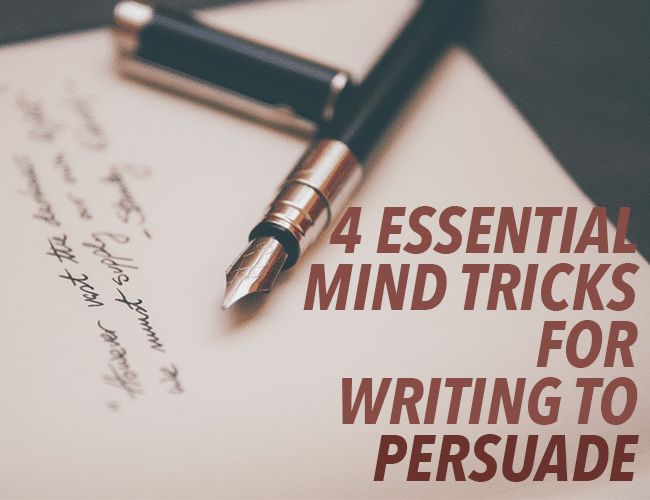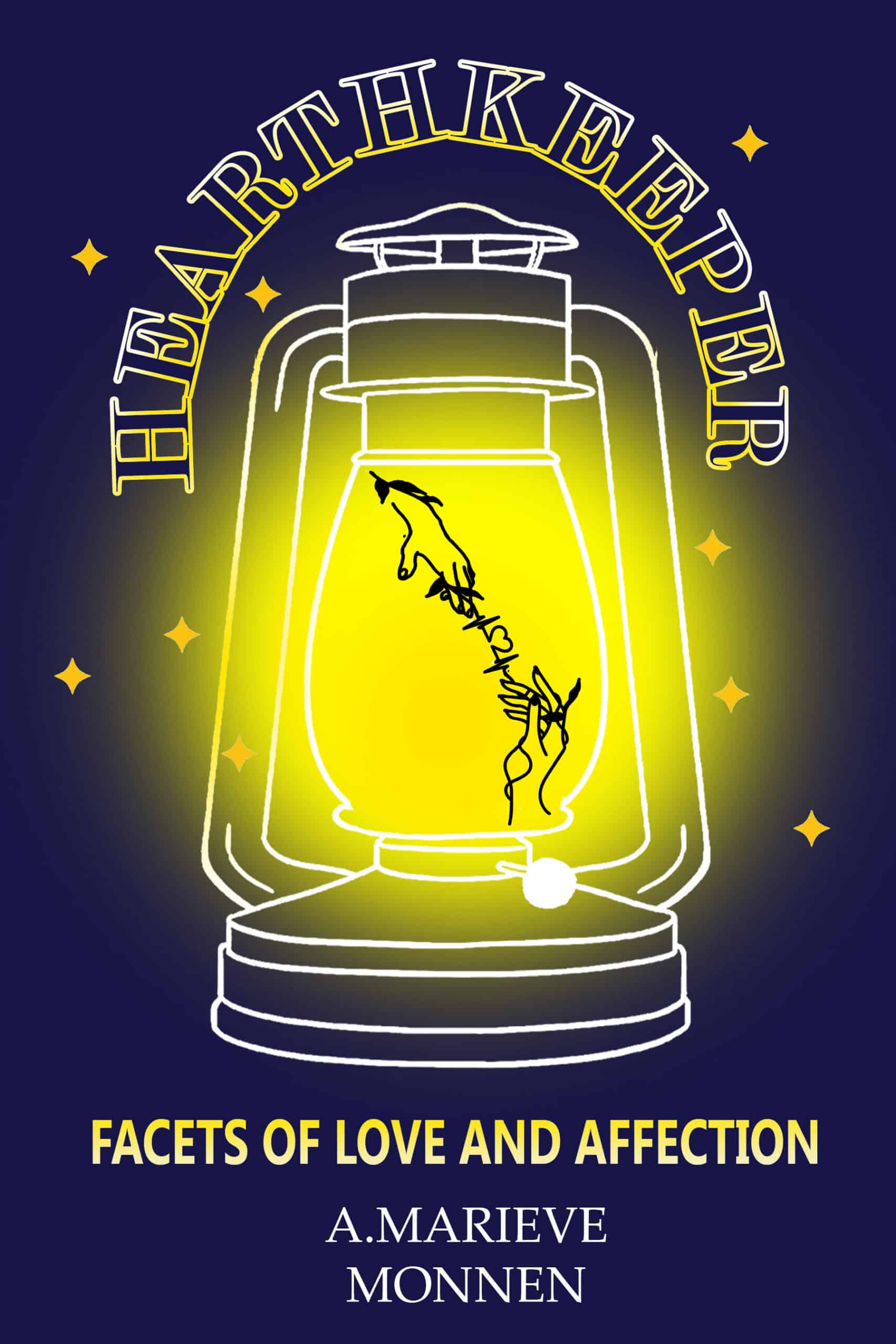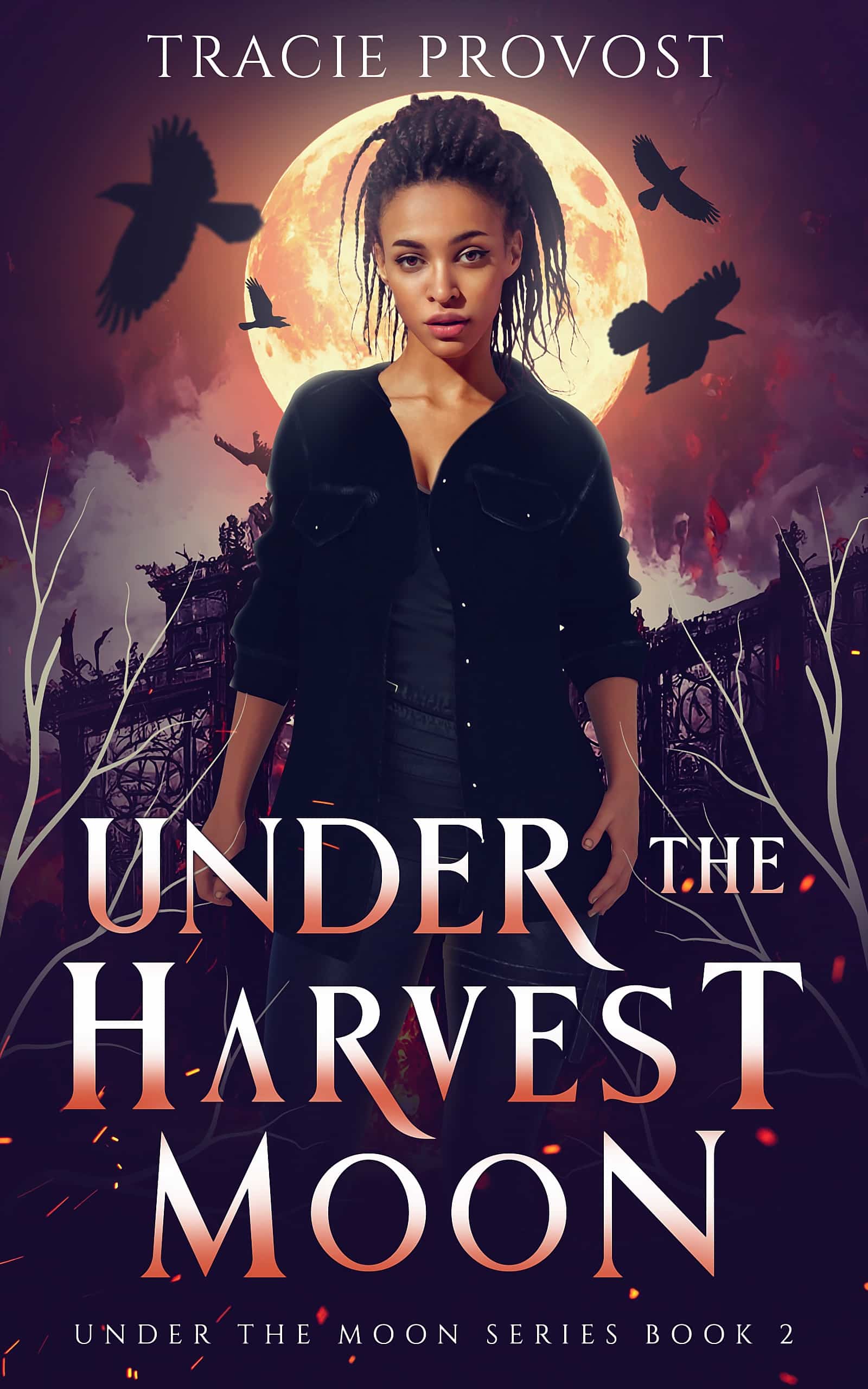If you've ever had a point you needed to make, an issue you passionately wanted to share, you may have wondered how to persuade more effectively. Whether we write fiction, poetry, or persuasive essays, this is true of every writer.

At some point, a topic will come along that you cannot remain silent about. But when that time comes, will you be ready to speak out? Do you know the tools of persuasion?
4 Essentials of the Art of Persuasion
I’ve noticed an upsurge in people writing what I call “position papers.” These are persuasive essays that are intended to declare a position on a particular issue in hopes of swaying others to the writer’s side. While this practice isn’t new—it’s in fact as ancient as writing—there seems to have been a renewed interest in it.
Before becoming a writer, I was a pastor for fifteen years. During that time, I learned a lot about the art of persuasion. Most often, I failed at it. Occasionally, I would do it well.
Those times it went well felt amazing. When you hit a home run with a persuasive essay or talk, you can feel it in your bones. Your whole body become electric with excitement.
During those years working in the clergy, I developed some best practices. Here are four that I hope will help your persuasive writing.
1. Before You Write, Empathize
Often when I am planning a position piece, I will get excited because I believe I’ve discovered the one point that is going to bring every reader over to my side. I think I’ve discovered the silver bullet that will win the debate, sell the product, or convince the populace that I am a genius.
With excitement surging through my fingers, I hammer my argument out, proud of myself that there is no way anyone will be able to disagree with the strategic positioning of my words.
But then when I present my argument, I’m shocked to discover that it falls flat.
The reason it fails is because my argument was crafted with ME in mind. I thought it was great and thatother people already on my side of the line think it’s great too, but the people I’m trying to reach aren’t moved.
The problem is, I haven’t met their need, or I’ve failed to find their pain point, or I’ve tried to argue something they don’t care about because I didn’t understand what their needs were in the first place. Rather than bringing people closer to my side, I end up creating an echo chamber where I and other like me take turns patting each other on the back.
The key to writing a truly persuasive argument is empathy. If you don’t understand the people you are trying to convince, then you can’t make a convincing argument. Before you write to them, try to see the world through their eyes.
There are several ways to go about this to become a more persuasive person: You can interview someone you know who is part of the group you are trying to speak with. You can pass around some test essays topics that will float different ideas to see how they are accepted. Or, you can read opposing positions and try to deconstruct their line of thinking in hopes of uncovering foundational assumptions in their understanding.
Often I will do what I call a pre-essay. If there is an issue I want to write about, I’ll write about something adjacent to the issue that I know will engage people on the other side of my opinion in conversation.
As they engage, rather than debating them, I will listen and ask questions. This approach helps me understand the world from their point of view. Often, after coming to understand their perspective, my original essay will radically change.
2. Focus on the Audience, not the Opponent
If someone is educated and passionate about the issue you are discussing to the point where that person is willing to debate you about it, then there is little chance you will change his or her mind. But don’t worry; this doesn’t mean your argument is a waste of time.
When I was in seminary I was introduced to a persuasive technique used by many organizations which I refer to as “debating for the silent crowd.”
The idea behind this technique is to enter into a public space (this could be a physical space like a subway terminal or a digital space like Facebook) where you can gather a crowd. The key is to select a space where you know there will be onlookers.
Once in the space, start debating someone who is passionate about the issue.
The goal of the fight is not to convince your opponent, but rather to win over some of the silent onlookers. While your opponent is likely unmovable, there will be people in the crowd who are already debating the issue internally.
Winning the debate, then, is not about beating your opponent. It’s about winning as many crowd members to your side as you can. It's an effective persuasion tactic, even when it is hard to measure.
3. Less Is More
When we are passionate about a topic, hammering out fifty reasons everyone should see the issue like we do is easy, and it makes us feel good. We think as we write, “There’s no way they aren’t going to come over to my side. Look at all these amazing arguments.” After trimming a little, we publish a persuasive essay titled “25 Reasons You Should Think Like Me.”
There are two problems with this approach:
First, modern attention spans are small and incapable of digesting a barrage of information. After a few points, everything else becomes clutter. We read the first few paragraphs and then skim the rest, or we stop at point three and never even look at the rest of the argument. Like dogs in a park full of squirrels, we are easily distracted and never stay in one place long.
This means that of my 25 reasons, reasons 4–25 were a complete waste of my time.
Additionally, if I were to take each one of my 25 points and break it out into its own shorter essay, think how much more content I could generate. I could publish an article a day on my issue for twenty-five days rather than that more massive thing almost no one will read.
In his book Communicating for a Change, Andy Stanley encourages preachers to have only one point per sermon. He claims that less is more when it comes to the art of persuasion. Once you have decided on the one point you want to get across to your audience, work to make it sticky by creating a single phrase that people will remember long after they’ve read your essay or heard your talk.
Stanley is a master of this. I watched him give a speech over a decade ago on leading through core values and I still remember the phrase he used like it was yesterday: “It’s not what’s hanging on the wall, it’s what’s happening down the hall that matters.”
I heard it only once, but his talk on leadership was transformative for me because he gave me a point I could remember and process long after his talk was done.
4. End with Hope
My preaching professor in seminary used to say that if your people leave sad, they aren’t coming back next week. In an argument, our goal should be to present the problem and then end with the hope that if you work together, you and the audience can change things.
If your audience walks away with a hope-filled challenge, they are more likely to take action than if they leave sad and hopeless about the issue.
President Obama’s “Yes We Can” slogan was a masterful example of this. It assumed a problem that needs to be fixed while communicating hope that the problem will be fixed if “we” work together.
Write to Persuade
You have an opinion the world needs to hear, but you can’t just vomit it out and expect everyone to pay attention. It needs to be crafted in a convincing way that will resonate with people, help them remember your points, and inspire them to take action.
Are there other tricks you use in persuasive writing? Let us know those in the comments as well.
PRACTICE
Spend fifteen minutes writing about something that excites you. In your essay, try to persuade people to come over to your way of thinking. Make sure that you empathize with them and keep your arguments small and digestible.
When you're done, post your persuasive piece in the Pro Practice Workshop here. Be sure to leave feedback on other writers' pieces!
Jeff Elkins is a writer who lives Baltimore with his wife and five kids. If you enjoy his writing, he'd be honored if you would subscribe to his free monthly newsletter. All subscribers receive a free copy of Jeff's urban fantasy novella "The Window Washing Boy."



I remember writing persuasive essays in high school. It is a process. I like the part of this article that says to write for the audience and not for yourself. It makes sense. I would like to get my point across while having others in mind. Thank you.
The point about less is more hits home with me. On one occasion, an older preacher was in the audience listening to me. Afterward, he said, “That was a good sermon. One tip though- You don’t need to mention every verse related to every point. Every one of them are inspired. So, one good verse would have worked well.” This has helped me in preaching and writing. People get lost in all our arguments. If they’re lost, they won’t be persuaded. Thanks for the reminder!
I love that story. Fantastic. Thanks for sharing.
Great point on #2. Focus on the audience, not the opponent. The winning argument is always going to be “for” something instead of “against” something else.
It helps if you have some skin in the game. Passion alone is not enough. You have to be thoroughly steeped in the subject to be the most effective.
Years ago, I was engaged in a major labor dispute at the place where I worked and I frequently created articles intended to convey my opinion on the matter. Brevity, being the soul of wit, is also the heart of persuasion. It was sufficient to make short statements to the point, and no more than two or three per article – often people had not the time or the inclination to get past two or three items.
And as you said, the finish that leaves the reader hopeful, engaged, and enlightened was more powerful than an out-and-out barrage, cataloging all the points with their arguments and rebuttals.
Hi Jeff, thanks for the wonderful points. I’ll keep them in mind. Just a quick query though!
Something often appears in the comments below a ‘persuasive article/essay’ — rude, personal comments or bigoted and parochial arguments. I know you’d ask me to ignore them, but what is the next best way to deal with them?
(P.S. While a new president (and a debate ensuing him) happened to you all, you’d know perhaps that India is dealing with a demonetisation phase; and a lot of such persuasive essays are cropping up.)
I think there is two ways to go with rude comments. One way is to ignore them. If you feel engaging with the person commenting is going to cause you emotional stress, I’d go for this option. Because in the end, it isn’t worth it.
A different approach I like to take is to match rudeness with respectful discourse. So I will ask the rude commenter, “Tell me more about that.” I do this specifically with people who are trying to hide behind a veil of logic/common sense/religious virtue. I find that if I force them to talk more about their feelings, they expose themselves to the world for who they are. If you want an example of this, I did it last week on Medium. I wrote an essay on immigration. His original push-back felt logical but I had a feeling there was judgement and anger behind it, so I pushed. Here is a link to it: https://medium.com/@jffelkins/immigration-and-the-bible-d48edfd6cc5#.1k9hk2uih
If you are unfamiliar with Medium, to read a response to someone’s work, you need to scroll all the way to the bottom of the page and click on the responses button. This writer and I had three back and forths after my original article.
Hope that helps.
Fantastic points (hey Jeff, Eastern Shore, here!). “Empathize” with your audience is different than the much-more common “know” your audience. It’s one thing to have awareness of who you’re talking to, it’s another to align with their perspectives and especially their assumptions and pain points. “End with Hope” is genius, too.
If I may add: Remember always that persuasion is EMOTIONAL. People justify their decisions and positions with logic and reason, but only through emotional engagement are they moved to change. Use data for support, but always “connect the dots” emotionally.
That’s why Hope is so powerful – it’s emotional!
If you want to write your essay, you can take help from essay writing guide for university students as there are so many students who don’r know writing and they look for someone who can help you in your writing. I was very happy to have my assignment done by them.